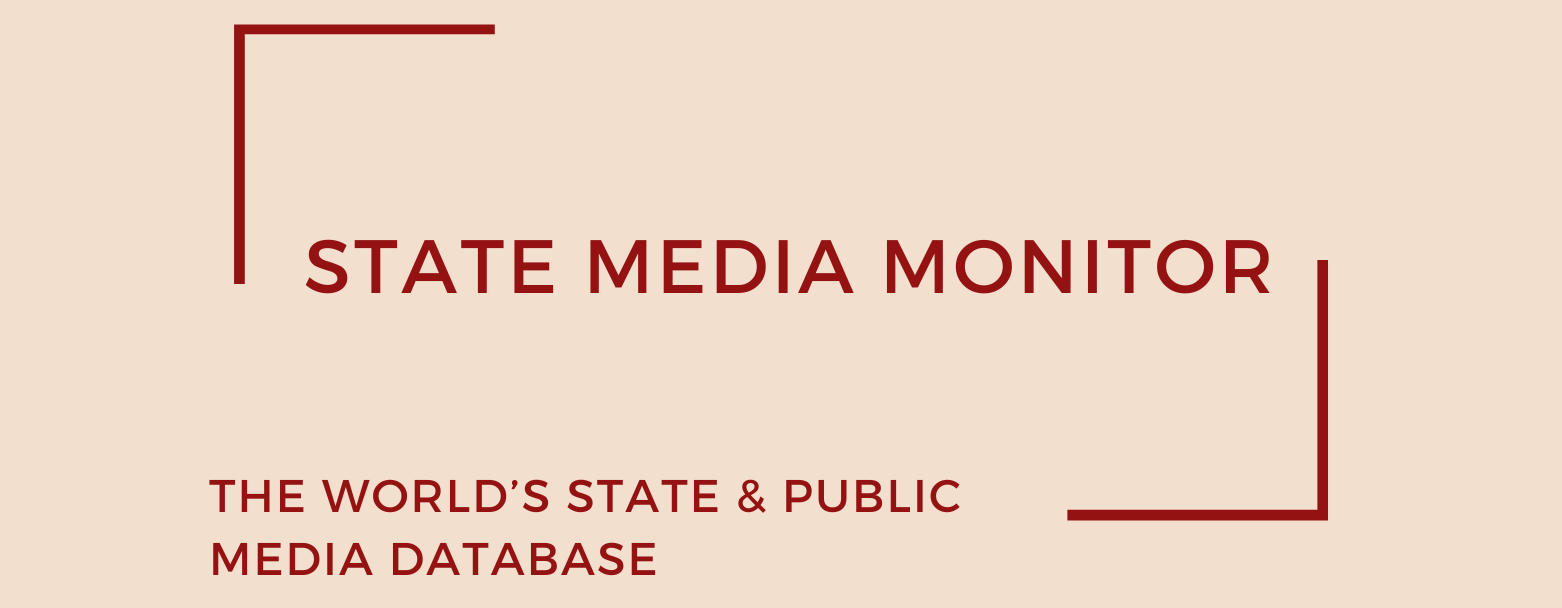Latvia Public Media (Latvijas Sabiedriskais Medijs)
Latvia Public Media (Latvijas Sabiedriskais Medijs, LSM) is the unified public broadcaster of Latvia, created through the January 2024 parliamentary decision to merge Latvian Television (LTV), Latvian Radio (LR), and the online portal LSM into a single entity. The reform, long debated since 2009 and formally legislated in 2020, entered into force on 1 January 2025, establishing one national public media institution with consolidated governance, financing, and editorial oversight. LSM now operates two television channels (LTV1 and LTV7), two nationwide radio services (LR1 and LR2), several thematic and regional stations, and the digital platform LSM.
Media assets
Radio: LR1, LR2, LR3, LR4, Pieci, Naba
News portal: LSM
State Media Matrix Typology
Independent State Funded and State Managed (ISFM)
Ownership and governance
LSM is a publicly-owned capital association with the state holding all shares, represented by the Public Electronic Mass Media Council (SEPLP), established in 2020. SEPLP functions as the sole shareholder and supervises strategy, finances, and governance of LSM.
The new LSM is led by a five-member Board of Directors appointed by SEPLP in January 2025, chaired by Baiba Zūzena (former executive in the media and digital sector), with members Ieva Aile, Inese Tanne, Ilze Ogle, and Ingemārs Vekteris. The Board sets management policy, oversees the organisation’s restructuring, and represents the merged broadcaster externally.
Editorial responsibility is vested in a single Editor-in-Chief, appointed by SEPLP. In April 2025, SEPLP named Anita Brauna, former Editor-in-Chief of Latvijas Radio, to the post for a five-year mandate effective 1 June 2025. This position unifies editorial oversight across television, radio, and online, replacing the previous dual editorial leadership of LTV and LR.
While the governance reform was designed to strengthen independence by consolidating oversight, concerns remain that the appointment structure of SEPLP (with members nominated by the Saeima, the President, and civil society) could still allow political influence to filter into board and editorial appointments.
Source of funding and budget
Public media in Latvia has historically been financed almost exclusively from the state budget. The advertising ban introduced in 2021 removed commercial revenues, which were compensated through direct government allocations. For LTV, this meant a jump in revenues from €19–20 million annually before 2020 to €25.5 million in 2021, and over €29 million by 2023. Latvijas Radio received similar increases, with its budget reaching roughly €12–13 million annually by 2023.
With the merger of LTV, LR, and LSM into Latvia Public Media (LPM) effective 1 January 2025, funding for the unified entity is now provided through the state budget at a fixed rate of 0.13 % of GDP for both 2025 and 2026, ensuring that allocations cannot fall below the previous year’s level.
Editorial independence
Both LTV and LR historically faced persistent doubts from the public regarding their independence. Surveys consistently showed that fewer than 40% of Latvians considered public media free from political influence, reflecting broader distrust of the Saeima. At the same time, no systematic evidence of direct government control over editorial content has been documented.
The 2020 Public Media Law introduced several safeguards, including the establishment of the Public Media Ombudsman, an independent office mandated to monitor professional standards and respond to complaints. The first Ombudsman at LTV, appointed in late 2021, continues to serve in the LSM framework, now covering all platforms.
The merger has centralized editorial leadership, which may create greater consistency and clearer accountability but also concentrates power in a single Editor-in-Chief, raising questions about checks and balances. Critics worry that political influence on SEPLP appointments could indirectly affect editorial lines. Still, early indications in 2025 show that journalists within LSM continue to defend their professional independence, even amid structural change.
September 2025
Citation (cite the article/profile as part of):
Dragomir, M. (2025). State Media Monitor Global Dataset 2025.
Media and Journalism Research Center (MJRC).
Zenodo.
https://doi.org/10.5281/zenodo.17219015
This article/profile is part of the State Media Monitor Global Dataset 2025, a continuously updated dataset published by the Media and Journalism Research Center (MJRC).
